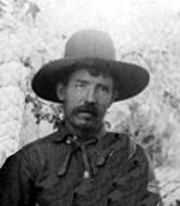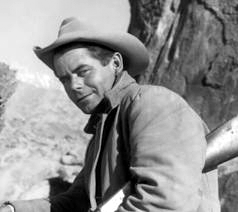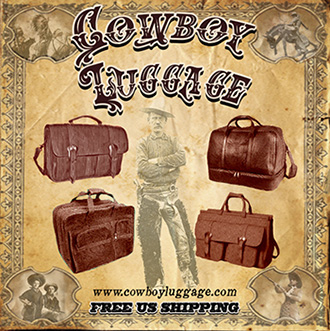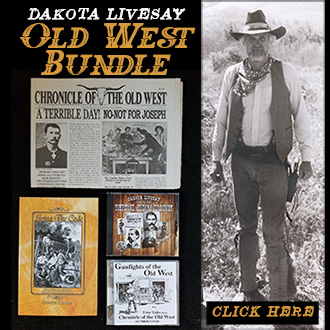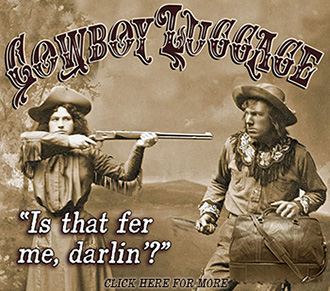The Old West’s most famous doctor didn’t become famous for saving lives, but taking them. His name was Doc Holliday. And on November 8, 1887 he died not achieving the one thing that he tried to accomplish most of his adult life.
Doc Holliday grew u p in Georgia where he went to dental school and started a practice. But soon after he developed tuberculosis and started heading west for a dryer climate.
p in Georgia where he went to dental school and started a practice. But soon after he developed tuberculosis and started heading west for a dryer climate.
For Doc Holliday dentistry was more like an avocation with gambling his profession. Doc Holliday gravitated to where the action was: Dallas, Texas, Cheyenne, Wyoming, Dodge City, Kansas and Tombstone, Arizona.
And during his travels, Doc Holliday and Wyatt Earp became friends. Although they both displayed uncanny nerve at times of crisis, in most ways they were different. Wyatt Earp tended to be calm and laid back. He preferred to fight a person with his fists or pistol-whip them…resorting to shooting only if he found no other way to defeat his opponent.
On the other hand, Doc Holliday was a hothead. At 5’ 10” Doc was a frail looking man weighing less than 150 pounds. He wanted to stay away from any physical confrontation.
Of all the shootings Doc Holliday was involved in, the O. K. Corral shootout was the most famous. It’s generally accepted that at the O. K. Corral, Wyatt’s objective was to pistol whip the cowboys…whereas Doc Holliday wanted to kill them, and he probably fired the first shot.
In the late 1800’s tuberculosis wasn’t curable, and most people with it became bedridden with a slow death…Doc Holliday’s adult life was spent with the secret hope that he would be shot and killed before he became an invalid.
This was his greatest failure. Because on November 8, 1887 Doc Holliday died in bed at a Glenwood Springs sanatorium. His last words reflected his since of humor and a realization of his failure. With Doc’s last breath he supposedly said, “This is funny.”

